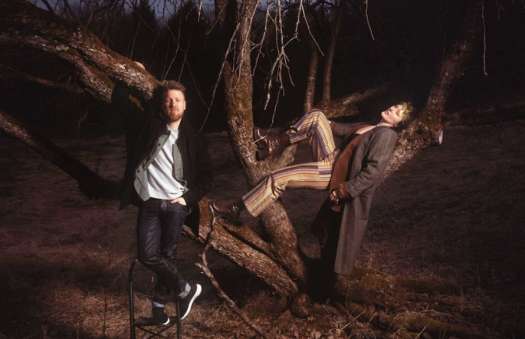After years of dodging tear gas and documenting the descent of capitalism into feudalism, Naomi Klein and Avi Lewis sought out a story that would provide answers, hoping to find some redemption from the rubble of globalisation's aftermath. When Argentina's economy tanked in 2001 after following IMF policy to the letter, half the population was thrown into poverty and their bank funds frozen. Abandoned factories were soon occupied by workers who seized the means of production, considering it payback for the lost wages and ill treatment. When confronted directly by Lewis about what some would consider stealing, one worker prefers to call it "expropriation," especially in a corrupt, subsidized and kick-backed industry. By 2003, 15,000 people were employed by 200 companies being run from the ground up with no bosses in sight. This isn't communism, it's democratic capitalism in action. Lewis and Klein tracked 20 possible storylines before settling on the Forja auto parts plant, whose struggle they follow right from the first day of occupation. While this personalises the story immensely, the 90-minute film could still use some greater context of the Argentinean political situation, and why some expropriations were welcomed by the government while others were evicted and met with force. An almost-equally fascinating "making of" doc about the doc shows that Lewis actually did get an interview with an IMF leader, but it was "too boring" to put in the film and based on a short clip, the viewer is forced to agree. Because Lewis and Klein wisely leave themselves out of the main feature, the "making of" is a welcome look at the challenges they faced documenting this inspiring story. Also included here is Lewis's first film, a 2002 short about the shooting of an unarmed Argentinean demonstrator a year earlier. (Alliance Atlantis)
The Take
Avi Lewis

BY Michael BarclayPublished Feb 1, 2005



